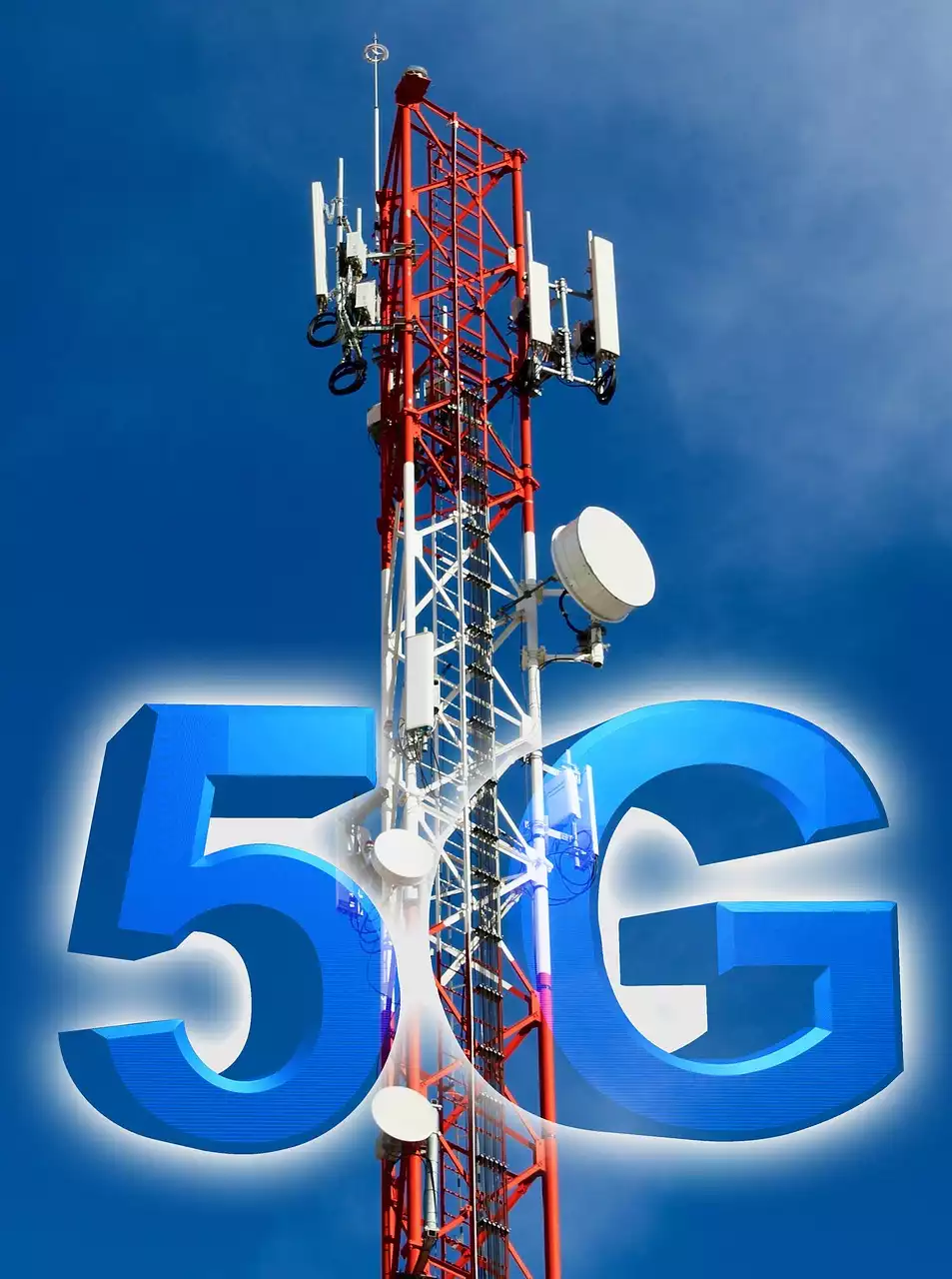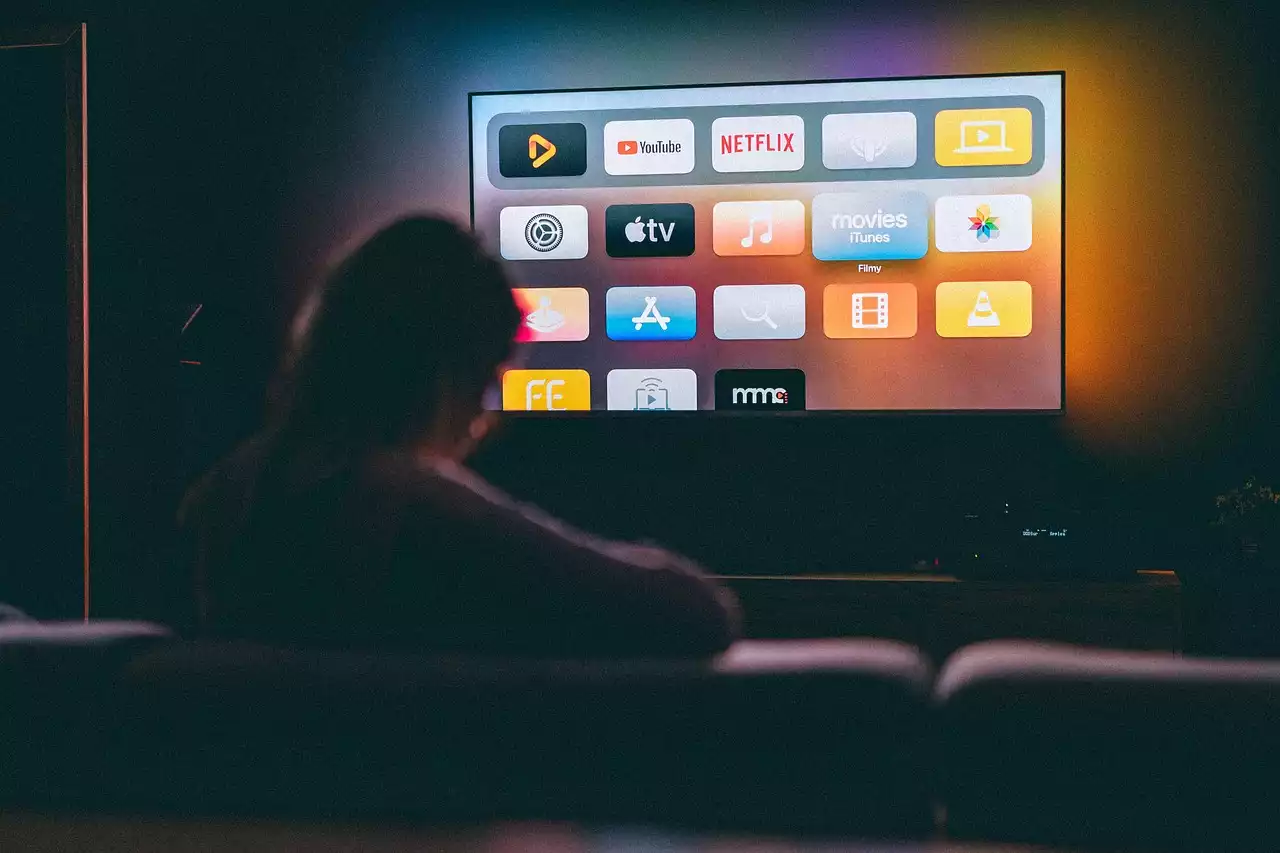What is video marketing?
Before we dive into the impact of 5G on video marketing, it's important to understand what video marketing is. Video marketing is the use of video to promote or market a product, service, or brand. It has become increasingly popular in recent years, as more and more people consume video content on a daily basis. Video marketing can take many forms, including commercials, product demos, explainer videos, and social media content. The goal of video marketing is to engage and inform the audience, ultimately leading to increased brand awareness, customer loyalty, and sales.
The impact of 5G on video marketing
5G networks are expected to have a significant impact on video marketing in several ways. First and foremost, 5G networks provide faster internet speeds and more reliable connections. This means that businesses will be able to deliver high-quality video content to their audience without the buffering and lagging issues that have plagued mobile video in the past. With 5G, videos will load faster, and the viewing experience will be smoother and more seamless.
Secondly, 5G networks will enable businesses to leverage new video technologies, such as virtual reality and augmented reality. These technologies have the potential to transform the way businesses engage with their audience, providing immersive and interactive experiences that are not possible with traditional video content. For example, a furniture retailer could use augmented reality to allow customers to visualize how a piece of furniture would look in their home, or a travel company could use virtual reality to provide a 360-degree tour of a destination.
Lastly, 5G networks will enable businesses to provide enhanced live streaming capabilities. Live streaming has become increasingly popular in recent years, and with 5G, businesses will be able to deliver high-quality live video content to their audience without the buffering and lagging issues that have plagued mobile live streaming in the past. This presents new opportunities for businesses to engage with their audience in real-time, whether it's through a live product launch, Q&A session, or behind-the-scenes look at their business.
Opportunities presented by 5G in video marketing
The opportunities presented by 5G in video marketing are vast. With faster internet speeds and more reliable connections, businesses will be able to deliver high-quality video content to their audience in new and exciting ways. Here are some of the top opportunities presented by 5G in video marketing:
Enhanced live streaming capabilities
Live streaming has become increasingly popular in recent years, and with 5G, businesses will be able to deliver high-quality live video content to their audience without the buffering and lagging issues that have plagued mobile live streaming in the past. This presents new opportunities for businesses to engage with their audience in real-time, whether it's through a live product launch, Q&A session, or behind-the-scenes look at their business.
Virtual and augmented reality
5G networks will enable businesses to leverage new video technologies, such as virtual reality and augmented reality. These technologies have the potential to transform the way businesses engage with their audience, providing immersive and interactive experiences that are not possible with traditional video content. For example, a furniture retailer could use augmented reality to allow customers to visualize how a piece of furniture would look in their home, or a travel company could use virtual reality to provide a 360-degree tour of a destination.
Improved video advertising
With 5G, businesses will be able to deliver high-quality video ads to their audience without the buffering and lagging issues that have plagued mobile video in the past. This means that businesses will be able to provide a more engaging and seamless advertising experience, ultimately leading to increased brand awareness, customer loyalty, and sales.
Challenges to consider with 5G in video marketing
While 5G presents many opportunities for businesses looking to leverage video marketing, there are also several challenges to consider. Here are some of the top challenges presented by 5G in video marketing:
Increased demand for high-quality video content
With faster internet speeds and more reliable connections, the demand for high-quality video content is likely to increase. This means that businesses will need to invest in high-quality video production to stand out in an increasingly competitive market.
Higher data usage
5G networks will enable businesses to deliver high-quality video content to their audience, but this comes at a cost. Higher-quality video content requires more data, which can be expensive for both businesses and consumers.
Limited 5G coverage
While 5G networks are being rolled out across the world, coverage is still limited in many areas. This means that businesses may not be able to leverage the full potential of 5G in video marketing until coverage becomes more widespread.
Strategies for creating video content for 5G
To take advantage of the opportunities presented by 5G in video marketing, businesses will need to be strategic in their approach to creating video content. Here are some strategies for creating video content for 5G:
Focus on quality over quantity
With the increased demand for high-quality video content, businesses will need to focus on producing fewer, but higher quality videos. This will help them stand out in an increasingly competitive market.
Leverage new video technologies
5G networks will enable businesses to leverage new video technologies, such as virtual reality and augmented reality. By incorporating these technologies into their video content, businesses can provide more immersive and engaging experiences for their audience.
Use data to inform video production
With higher data usage and limited 5G coverage, businesses will need to use data to inform their video production. By analyzing data on audience preferences and behaviors, businesses can create video content that is tailored to their audience and optimized for 5G networks.
Tools and technologies for 5G video marketing
To take full advantage of the opportunities presented by 5G in video marketing, businesses will need to leverage the right tools and technologies. Here are some of the top tools and technologies for 5G video marketing:
5G-enabled devices
To access 5G networks, businesses will need to use 5G-enabled devices, such as smartphones and tablets. As 5G networks become more widespread, more devices will be released that are compatible with 5G networks.
Video production software
To create high-quality video content, businesses will need to invest in video production software. There are many options available, from basic editing software to more advanced tools that incorporate virtual and augmented reality.
Analytics tools
To optimize their video content for 5G networks, businesses will need to use analytics tools to track audience engagement and behavior. By analyzing this data, businesses can make informed decisions about their video production and distribution strategies.
Case studies of successful 5G video marketing campaigns
To see the potential of 5G in video marketing in action, let's look at some case studies of successful campaigns:
Verizon's 5G live stream of the Macy's Thanksgiving Day Parade
In 2019, Verizon partnered with Macy's to deliver the first-ever 5G live stream of the Macy's Thanksgiving Day Parade. The live stream was available exclusively to Verizon customers and provided a seamless viewing experience, thanks to the high-speed and reliable 5G network. The live stream was a huge success, with over 1 million viewers tuning in to watch the parade.
AT&T's 5G-powered virtual reality experience
In 2019, AT&T partnered with the NBA to create a 5G-powered virtual reality experience for fans. The experience allowed fans to watch live NBA games in virtual reality, providing an immersive and interactive experience that was not possible with traditional video content. The campaign was a huge success, with fans raving about the experience.
Future predictions for 5G and video marketing
As 5G networks become more widespread, the opportunities for video marketing will only continue to grow. Here are some future predictions for 5G and video marketing:
Increased use of augmented and virtual reality
As 5G networks become more widespread, businesses will be able to leverage augmented and virtual reality technologies to provide more immersive and engaging experiences for their audience.
More personalized video content
With the ability to track audience behavior and preferences, businesses will be able to create more personalized video content that is tailored to the individual viewer.
Greater use of live streaming
As 5G networks enable more reliable live streaming, businesses will be able to engage with their audience in real-time in new and exciting ways.








.png?size=50)

